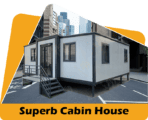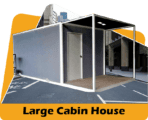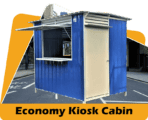
Blog
Why Universal Design is a Must-Have for Every Malaysian Home – Accessibility Matters! ♿🏠 | RumahHQ
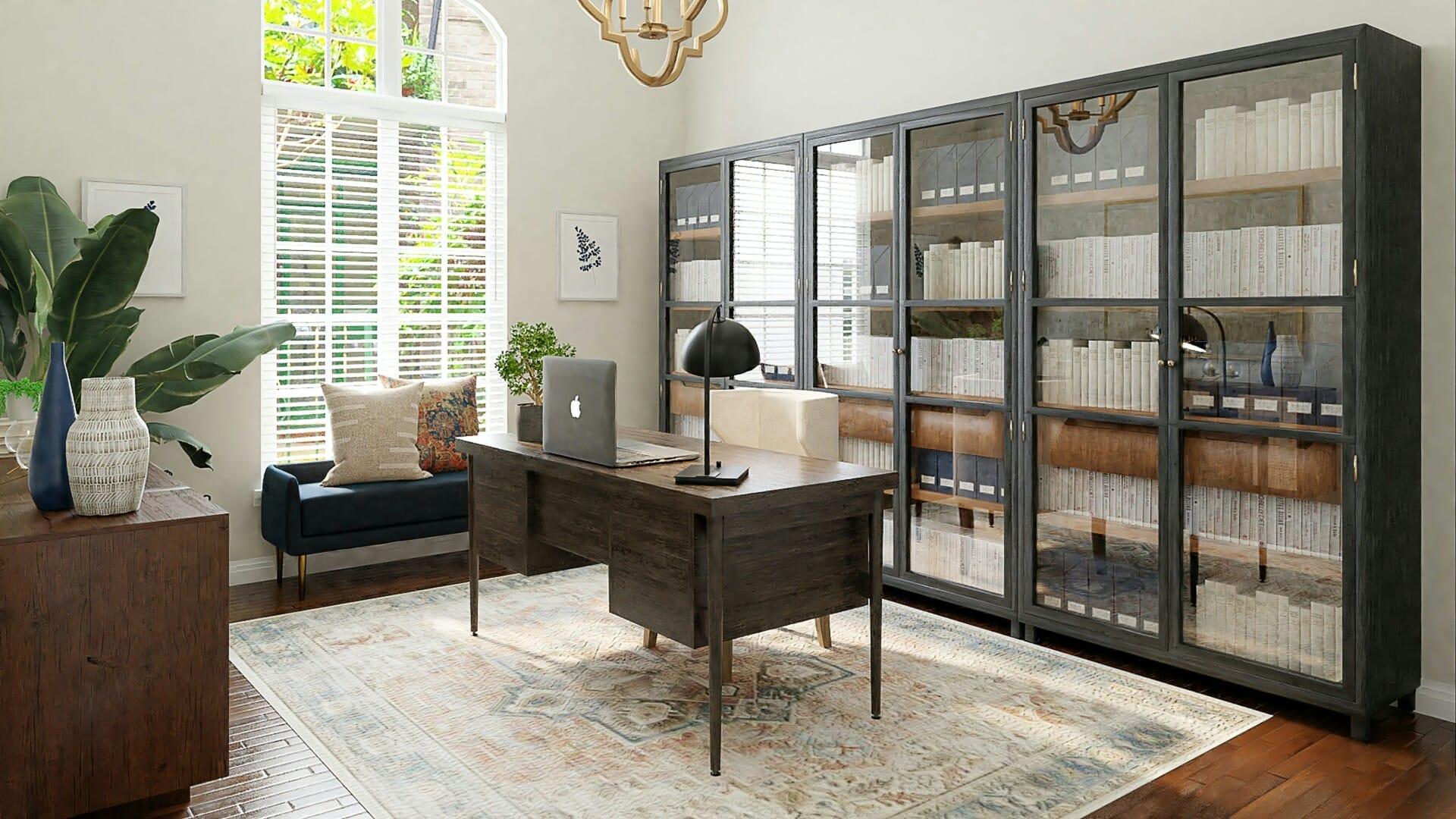
Why Universal Design is a Must-Have for Every Malaysian Home - Accessibility Matters! ♿🏠
Hey there, fellow Malaysians! Have you ever thought about how our homes can be more than just a roof over our heads? Imagine a space where everyone, regardless of age or ability, can feel comfortable and independent. That’s where the magic of universal design comes in! In a country as diverse as ours, it’s super important to create homes that welcome everyone—from the young kiddos running around to our beloved senior citizens and anyone with mobility challenges. Whether it’s a wider doorway or a nifty bathroom setup, universal design is all about making life easier and more enjoyable for everyone. So, let’s dive into why this approach is not just a nice-to-have, but a must-have for every Malaysian home. After all, accessibility matters!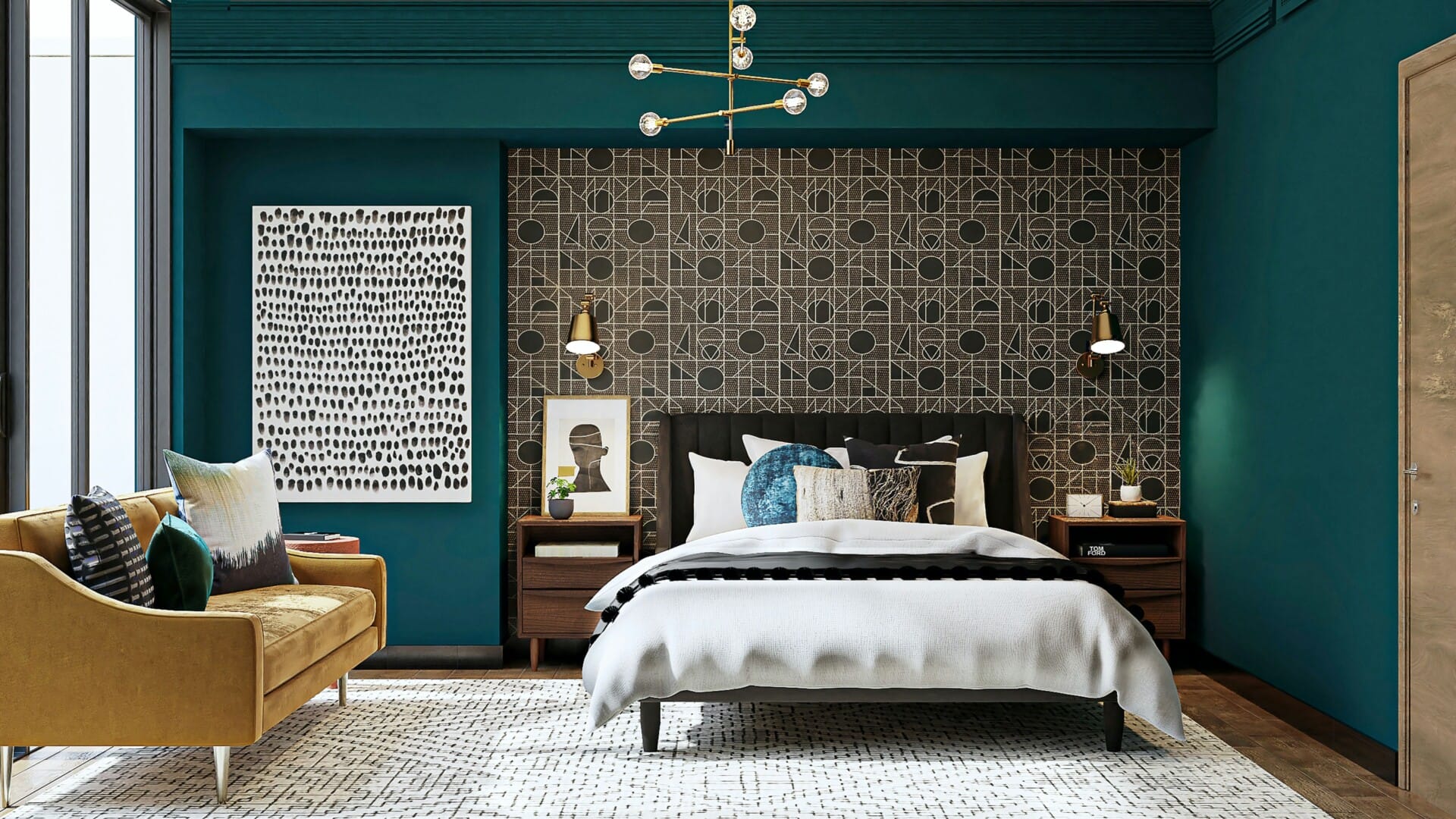
The Essence of Universal Design in Malaysian Homes
When we talk about making Malaysian homes more accommodating, universal design steps into the spotlight. It’s all about crafting spaces that work for everyone, regardless of their abilities or age. Imagine a home where no one feels restricted—ramps leading to entrances, wide corridors, and intuitive layouts that welcome both elderly family members and little ones. These features not only promote inclusivity but also transform the way we interact with our living environments.
Beyond just accessibility, universal design brings a sense of style and ease into our homes. Think about the smart features that get everyone feeling comfortable and independent. Here are a few that can easily be infused into any Malaysian home:
- Lever Door Handles: Easier for those with limited hand strength.
- Non-Slip Flooring: Safety comes first, especially in wet climates.
- Open-Concept Spaces: Flexible living areas that adapt to various needs.
Adopting universal design not only meets the immediate needs of residents but also paves the way for future generations. As our lifestyles change, these principles ensure that homes remain functional and stylish. Additionally, when we invest in these thoughtful designs, we’re also elevating property value and standing out in the rapidly evolving real estate market.
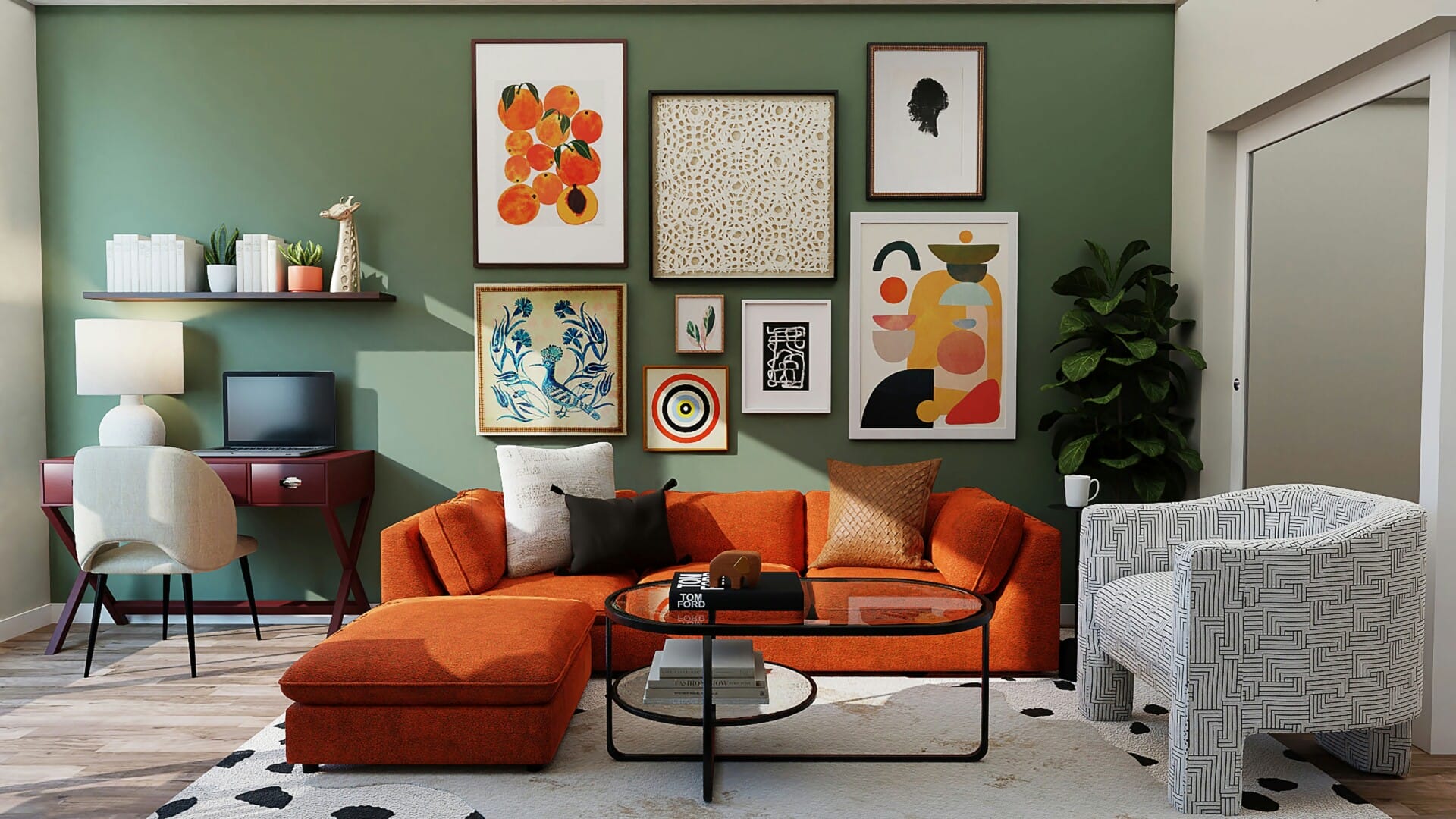
Understanding Accessibility: A Fundamental Right
Accessibility is not just a convenience; it’s a fundamental right for everyone, regardless of their physical abilities. When we talk about making homes universally accessible, we’re ensuring that all individuals—whether they have mobility challenges, are elderly, or are simply carrying things—can navigate their living spaces without barriers. Embracing this idea means recognizing that everyone deserves the same level of independence and comfort in their own homes.
Think about some essential features that enhance accessibility:
- Wide Doorways: These allow easy maneuvering for wheelchairs or walkers.
- No-Step Entrances: Eliminating stairs can make a significant difference for many.
- Easy-to-Reach Light Switches: Placing switches lower can assist those with limited reach.
- Non-Slip Flooring: Reducing the risk of slips and falls is crucial for safety.
Incorporating accessibility features not only supports those who need them but also creates a welcoming environment for everyone. When homes are designed with universal principles, it brings families together, encouraging gatherings and celebrations without the worry of discomfort or exclusion. By making these thoughtful adjustments, we can foster community inclusivity and allow every Malaysian to enjoy their living space to the fullest.
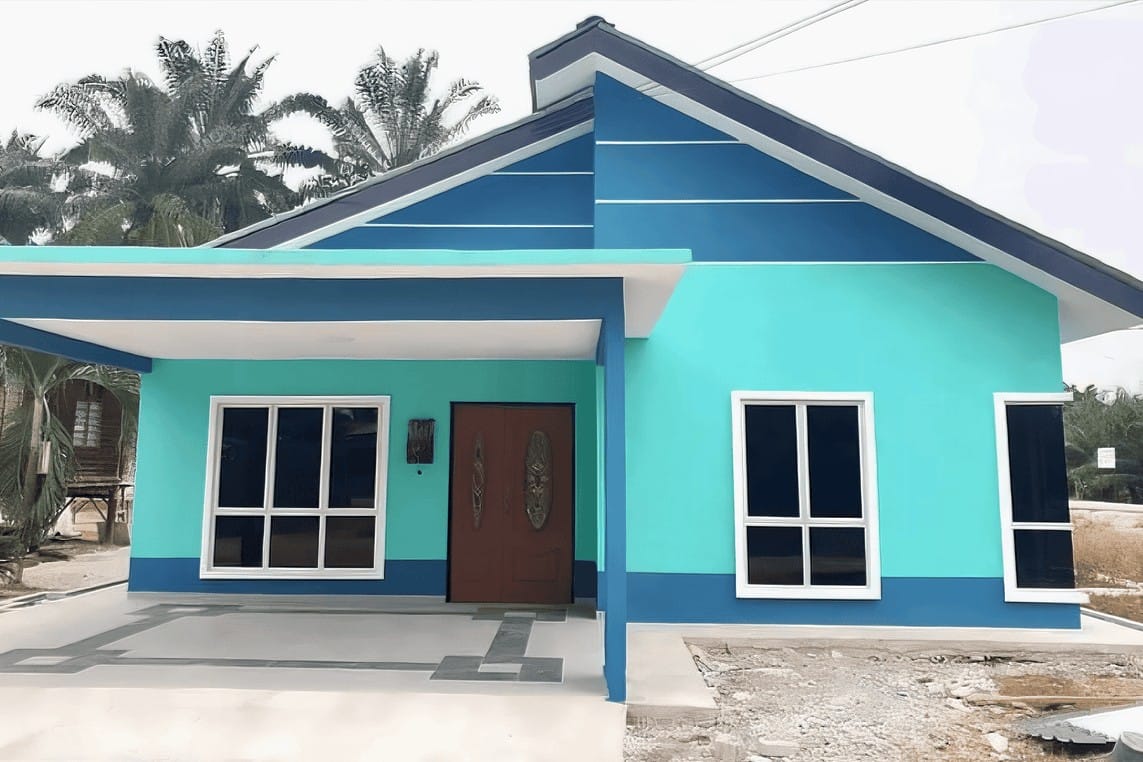
Embracing Inclusivity: Benefits for All Residents
When we talk about inclusivity in our homes, it’s not just about accommodating those with disabilities; it’s about creating spaces that everyone can enjoy. Imagine a home where your elderly parents can move around freely, where kids can play without worrying about hidden hazards, and where friends with mobility challenges can join in without a second thought. Adding features like wider doorways, slip-resistant flooring, and adjustable furniture benefits every resident, enhancing comfort and peace of mind for all.
Moreover, inclusive design fosters a sense of belonging. It creates environments where social interactions flourish, where families gather without barriers, and where communities are strengthened. Just think about it: a ramp at the entrance doesn’t just serve someone in a wheelchair; it makes it easier for parents with strollers, delivery personnel, and everyone else who prefers a smoother, more accessible access. This ripple effect of inclusivity ensures that no one feels sidelined.
Investing in universal design can boost property value too. Homes that are designed with everyone’s needs in mind are increasingly sought after. Here’s a quick look at why this matters:
| Benefit | Impact |
|---|---|
| Wider Market Appeal | Attracts diverse buyers, increasing demand. |
| Enhanced Safety | Reduces accidents, leading to lower insurance costs. |
| Future-Proofing | Adaptable design to cater to changing needs. |
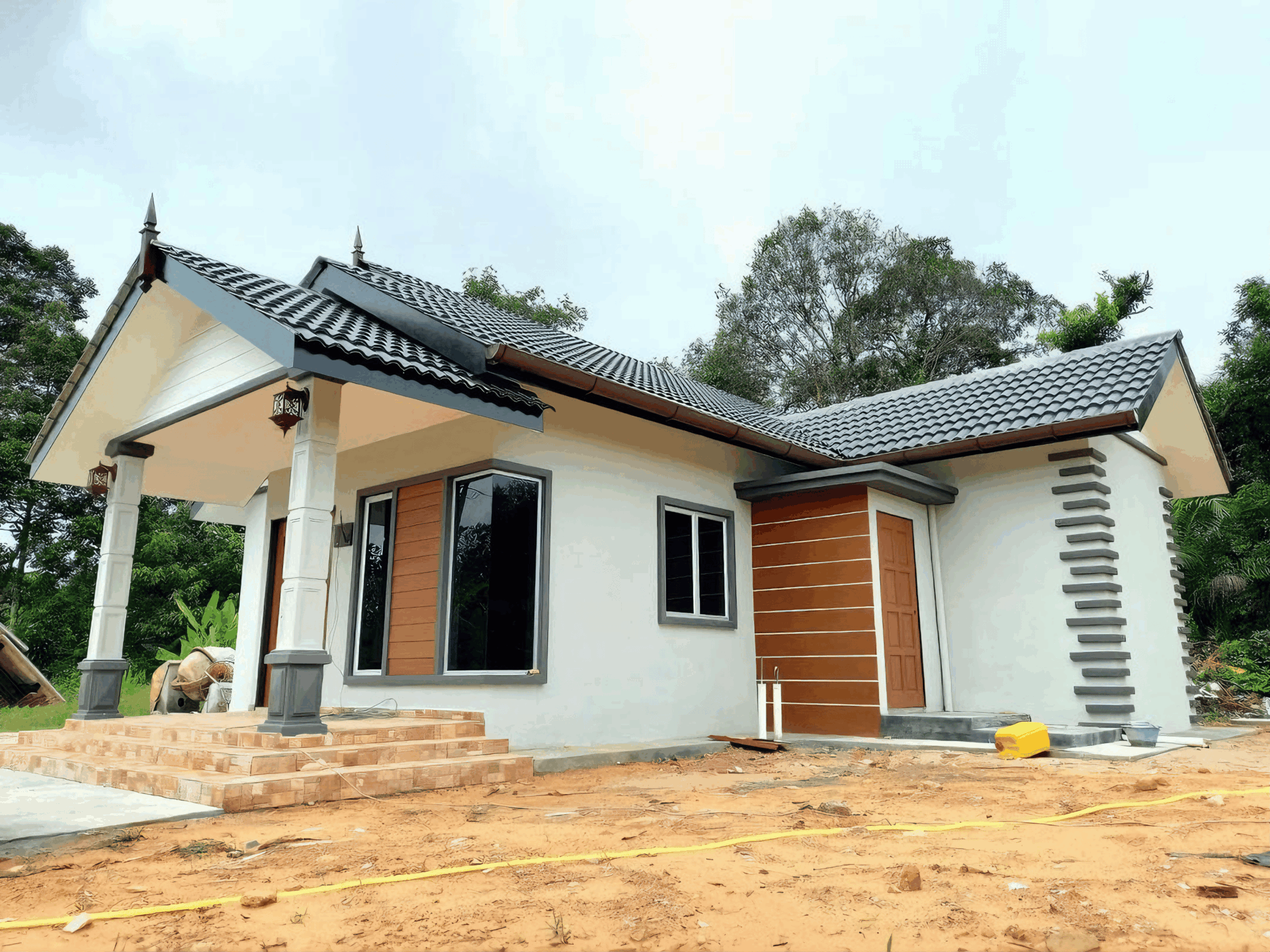
Key Principles of Universal Design for Every Space
Universal design is all about creating spaces that are welcoming and usable for everyone, no matter the age or ability. This approach emphasizes the importance of flexibility and understanding the diverse needs of all residents. Whether you’re designing a home or a community space, incorporating features that can be enjoyed by everyone is key. Here are some essential principles to consider:
- Equitable Use: Each space should be designed to accommodate everyone without favoring any group—think ramps alongside stairs or wide doorways.
- Flexibility in Use: The design should cater to a wide range of preferences and abilities. Imagine a kitchen that adapts for wheelchair users and standing cooks alike!
- Simplicity and Intuition: Clear design makes navigation easy. Labels should be easy to read, and layouts should guide flow without confusion.
Additionally, consider aspects like bottom-up comfort and how we interact with our environment. Think about adjustable furniture, sensory-friendly materials, and inclusive technology that supports daily activities without barriers. The goal is to create spaces that promote independence and connect different aspects of life without interruption.
let’s not overlook the impact of community engagement. Involving residents and future users during the planning process can illuminate unique insights. Surveys, workshops, and feedback sessions can help ensure that everyone’s voice is heard, leading to designs that genuinely reflect the community’s needs. Here’s how addressing community input can shape a project:
| Feedback Type | Benefit |
|---|---|
| User Surveys | Direct insights from users help tailor spaces. |
| Focus Groups | In-depth discussion leads to innovative ideas. |
| Community Workshops | Collaborative design promotes ownership and pride. |
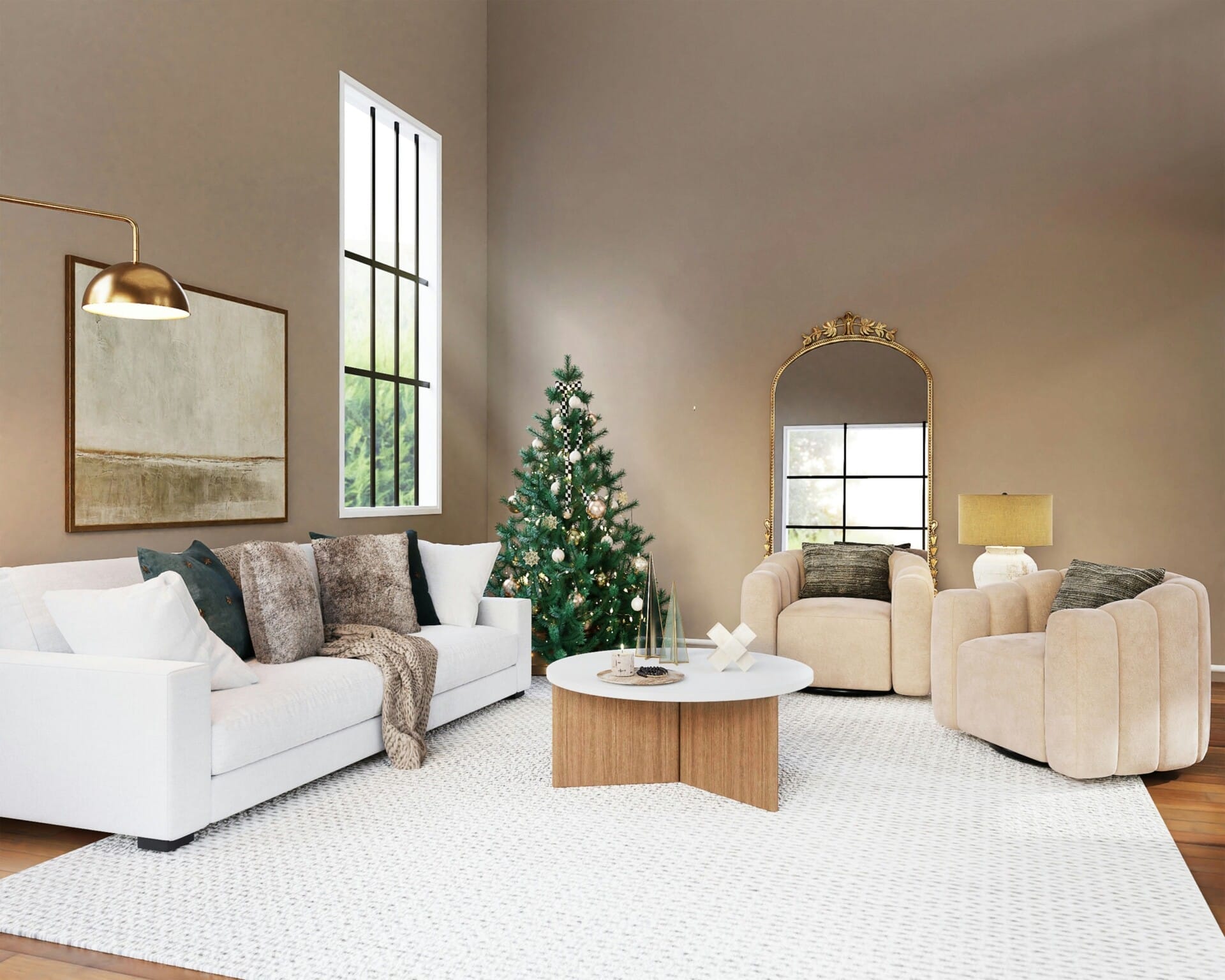
Practical Home Modifications for Enhanced Accessibility
Transforming your Malaysian home into an accessible sanctuary doesn’t have to be an overwhelming task. Simple modifications can vastly improve mobility for everyone, including family members and guests with different abilities. For instance, consider widening doorways to accommodate wheelchairs or walkers. It’s also essential to ensure that pathways are clear and well-lit. These small changes can significantly enhance the flow of movement in the home.
Think about incorporating grab bars in bathrooms and along staircases to provide support and security. Non-slip flooring is another vital upgrade. It can prevent accidents caused by slippery surfaces, providing peace of mind to families. Installation of lever-style door handles instead of traditional knobs can make it easier for people with limited hand strength to navigate the house comfortably.
To further enhance accessibility, consider adding a home automation system. Voice-activated devices can assist individuals with mobility constraints in controlling lights, temperature, and even entertainment systems. Below, we’ve outlined some of these practical features to consider:
| Modification | Benefit |
|---|---|
| Widen Doorways | Fits wheelchairs and strollers easily |
| Grab Bars | Provides support in key areas of the home |
| Non-Slip Flooring | Reduces fall risk |
| Home Automation | Allows easier control of the environment |
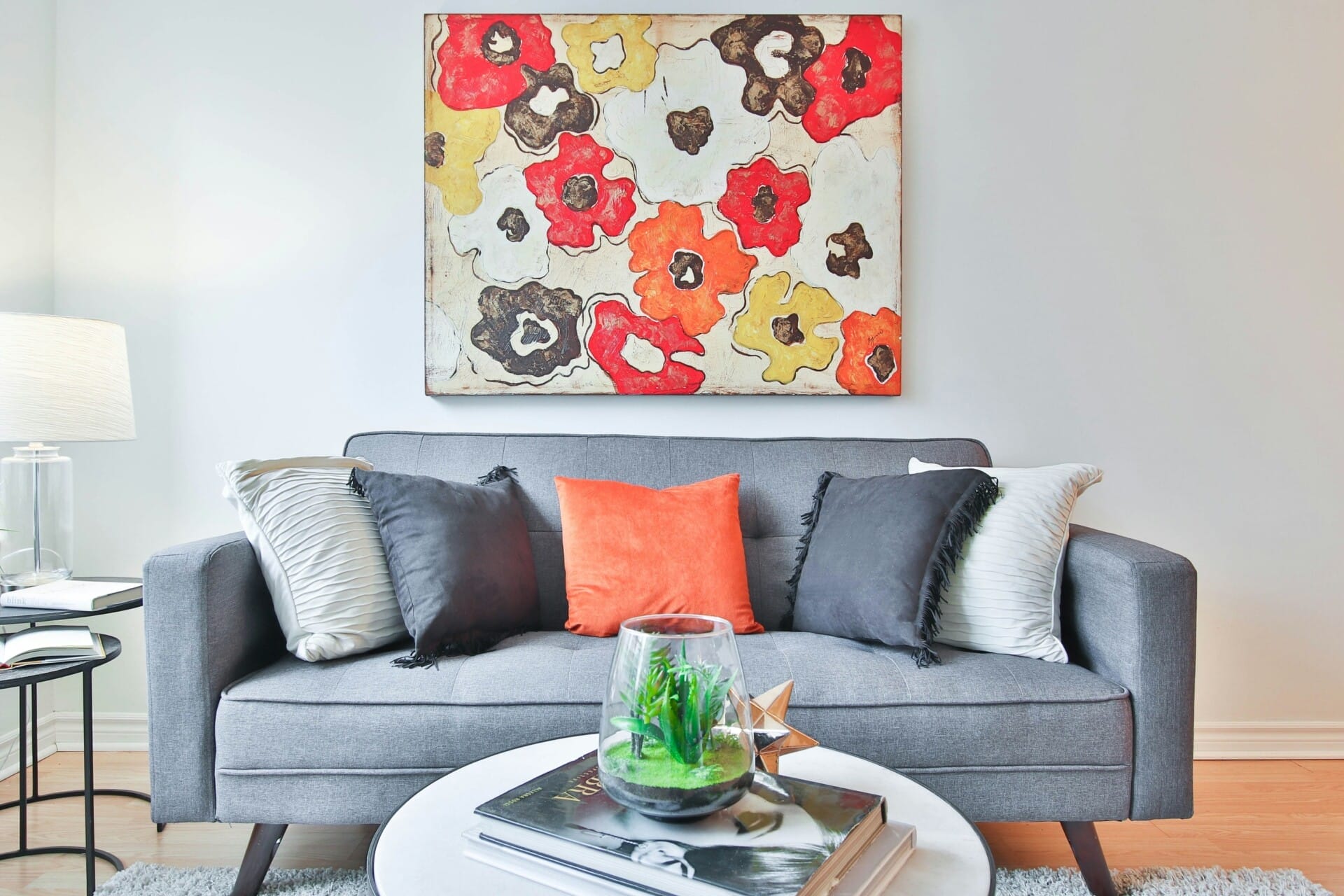
Integrating Technology for a Smart and Accessible Home
Imagine a home where every corner is designed with everyone in mind. Integrating technology into your living space not only enhances comfort but also ensures that your home is functional and accessible for all. Smart home solutions can make daily tasks effortless, especially for individuals with disabilities or the elderly. With just a tap on your smartphone or a simple voice command, you can control lights, door locks, and even appliances. This technology goes a long way in promoting independence, enabling occupants to navigate their homes with ease.
Features such as automated lighting systems and voice-activated assistants can significantly improve safety and convenience. Consider adding the following smart technologies to your home:
- Smart Doorbells: Allows users to see who’s at the door without having to move.
- IoT Sensors: Detect movements and send alerts to caregivers or family members.
- Automated Curtains: Open or close with a voice command or schedule.
- Smart Thermostats: Adjust the temperature for comfort without any physical effort.
More than just convenience, this integration is also about creating a supportive environment. For example, you could install a smart health monitoring system that keeps track of vital signs and notifies medical professionals if necessary. To visualize how these features improve daily life, here’s a simple table comparing traditional elements to smart alternatives:
| Traditional Element | Smart Alternative |
|---|---|
| Regular Light Switches | Voice-Activated Smart Lights |
| Manual Door Locks | Smart Door Locks |
| Standard Thermostat | Smart Thermostat with App Control |
| Regular Appliances | Connected Appliances with Remote Control |
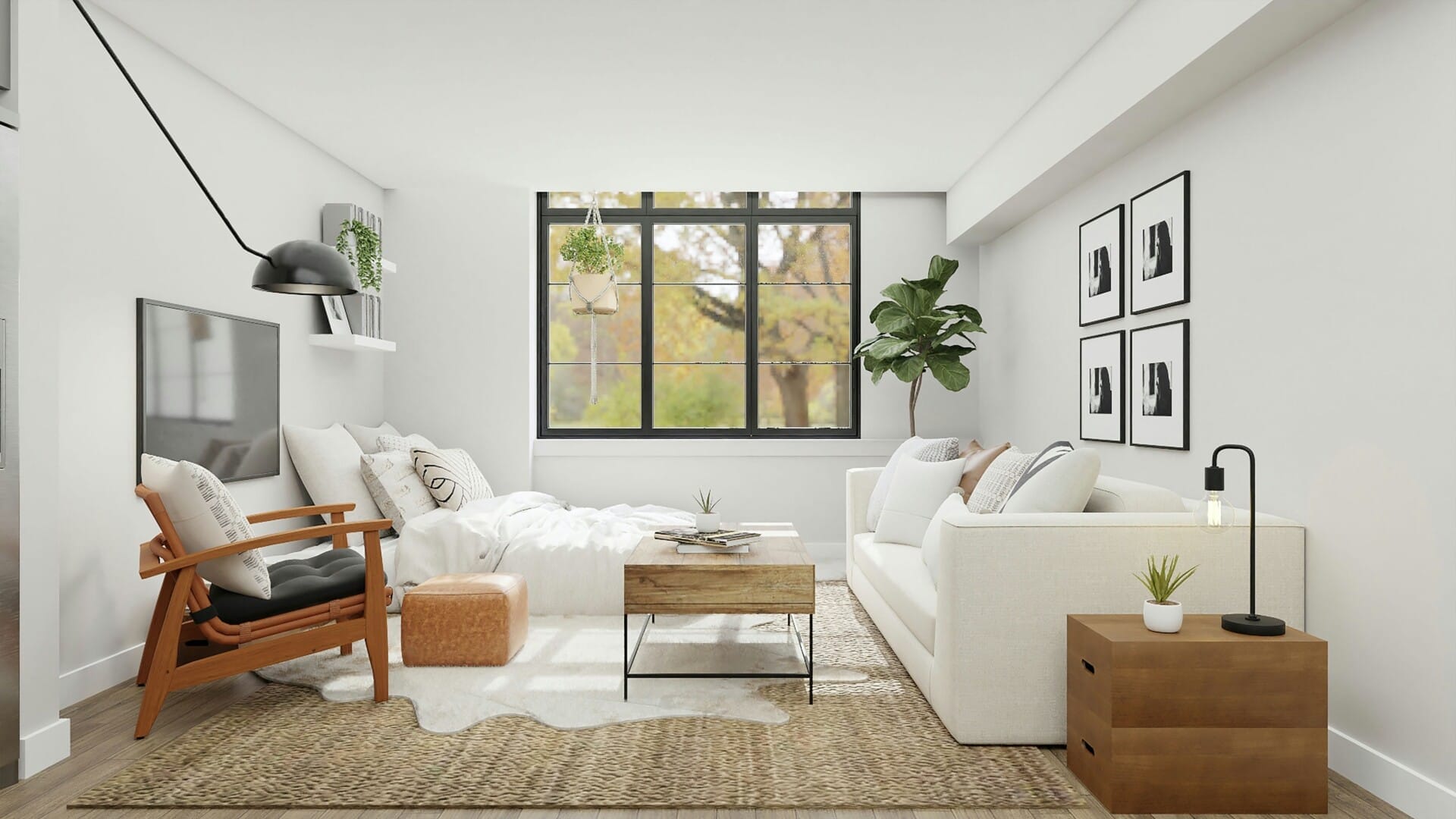
Community Engagement: Fostering Awareness and Support
Creating a more inclusive community starts with everyone being aware of the significance of universal design in our homes. Community engagement can make a massive difference in fostering this awareness. When individuals share stories of their experiences with accessibility challenges, it resonates with others. It is vital to highlight how universal design not only benefits people with disabilities but also enhances the quality of life for everyone. Imagine how many parents with strollers, elderly relatives, or even just friends carrying heavy groceries would appreciate homes that consider these needs!
Local organizations can play a pivotal role in promoting accessibility through various initiatives. Workshops, forums, and even social media campaigns can help spread the word on how universal design can be seamlessly integrated into Malaysian homes. By encouraging discussions around architectural practices that enhance accessibility, we empower community members to advocate for change within their own networks. Some potential strategies include:
- Hosting community talks on universal design principles
- Collaborating with local architects and builders
- Creating informative materials that can easily be shared online
And let’s not forget the power of collective support! Involve local leaders, schools, and businesses in these conversations. It can create a ripple effect where the importance of accessibility becomes common knowledge, leading to a wider acceptance and adoption of universal design principles. Here’s a simple table to illustrate the benefits of universal design in our communities:
| Benefit | Impact |
|---|---|
| Increased Safety | Reduces accident risks for all ages |
| Convenience | Improved access for everyone, especially those with mobility issues |
| Enhanced Unity | Brings communities together, fostering inclusivity |
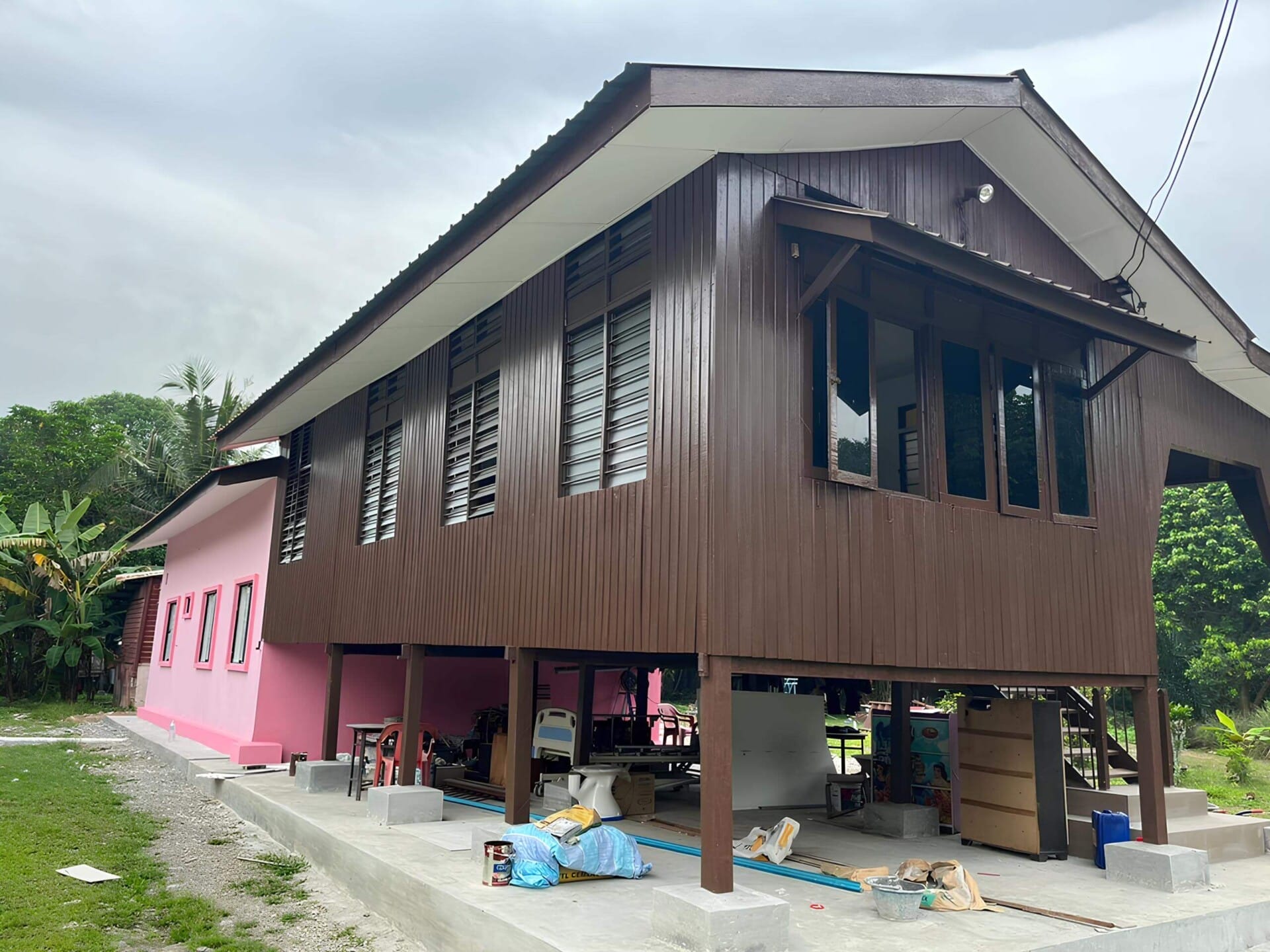
Policy Recommendations for Advancing Universal Design in Malaysia
To foster a more inclusive society, the government should think about incorporating universal design principles into national building codes. By implementing these guidelines, all new residential and public buildings would automatically meet accessibility standards, ensuring that everyone—from young parents with strollers to the elderly and people with disabilities—can navigate their environments with ease. This could include aspects like:
- Wider doorways and hallways for easy movement.
- Non-slip flooring materials that provide stability.
- Smart home features that allow for remote control of various elements.
In addition to building regulations, community awareness programs are crucial. Local councils can partner with NGOs and disability advocates to host workshops and campaigns that highlight the importance of universal design. These initiatives can provide valuable information on the benefits of accessibility for all, not just those with disabilities. Key activities could include:
- Public seminars on implementing universal design in home renovations.
- Awareness drives to educate designers and architects.
- Incentives for businesses that adopt accessible design practices.
Lastly, promoting financial assistance for homeowners looking to adapt their spaces can be a game-changer. A government grant or low-interest loans for universally designed renovations can motivate more families to make their homes accessible. Here’s a simple overview of possible financial assistance options:
| Program | Description |
|---|---|
| Home Adaptation Grant | Financial support for modifying homes to enhance accessibility. |
| Low-Interest Loans | Loan options for families aimed at making necessary home improvements. |
| Tax Incentives | Tax deductions for costs incurred in home adaptations. |
Insights and Conclusions
In wrapping up our discussion on Universal Design and its necessity for every Malaysian home, it’s clear that accessibility is not just about ramps and wide doorways; it’s about creating spaces where everyone feels welcome and included. Whether you’re hosting family gatherings or making your home a sanctuary for all kinds of guests, designing with everyone in mind just makes sense.
Imagine a home where elders can stroll through without fear of tripping, kids can play freely, and guests with disabilities can join the fun without a hitch. That’s the beauty of Universal Design—it’s all about embracing differences and making adjustments so that life at home can be enjoyed by everyone.
So, let’s take that first step together. Start small, think big, and remember: every home can reflect our diverse Malaysian spirit by being accessible to all. After all, creating a home is not just about bricks and mortar; it’s about building a community. So, are you in? Let’s make our homes places where everyone truly belongs!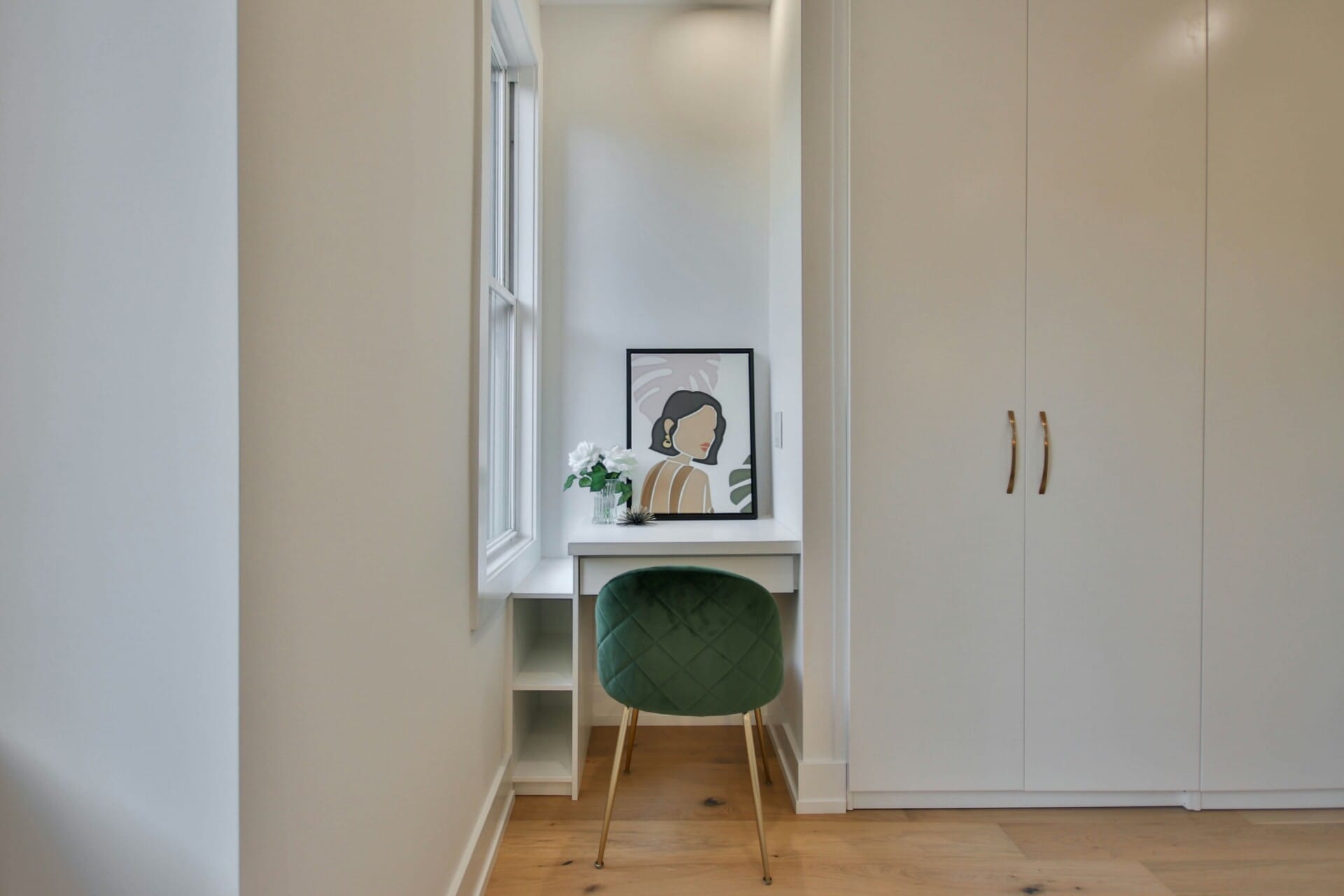
kontraktor rumah
bina rumah
pinjaman lppsa
pengeluaran kwsp
spesifikasi rumah
rumah batu-bata
pelan rumah
rekabentuk rumah
bina rumah atas tanah sendiri
kontraktor rumah selangor
rumah banglo
Source link
